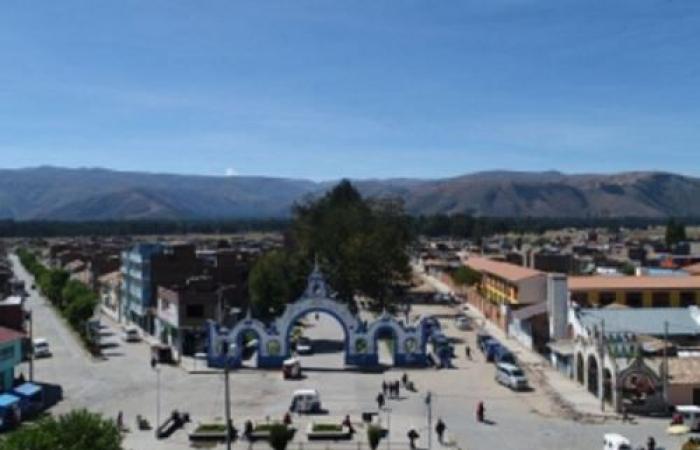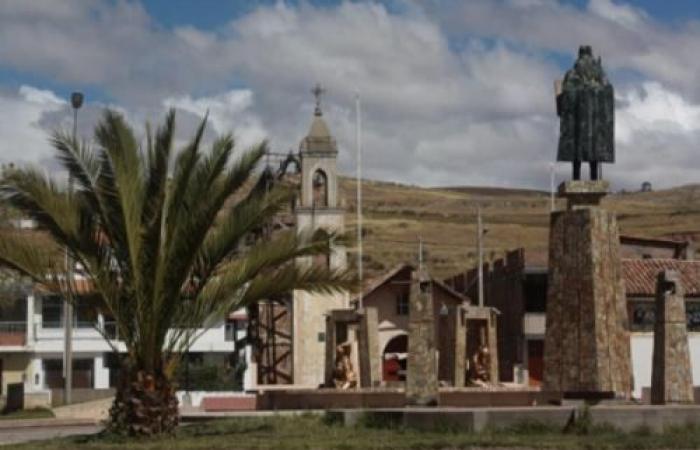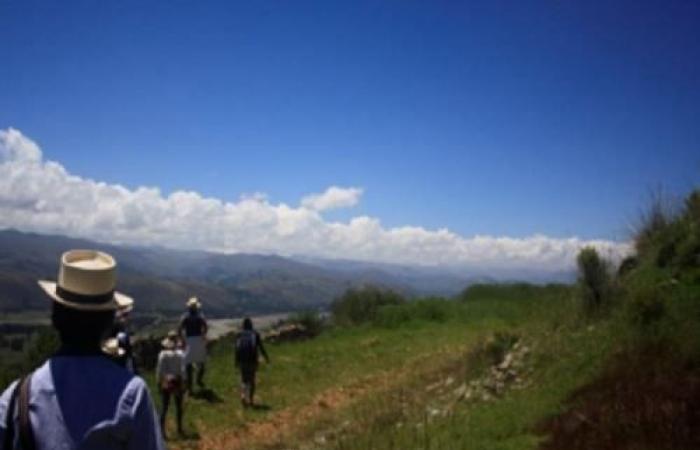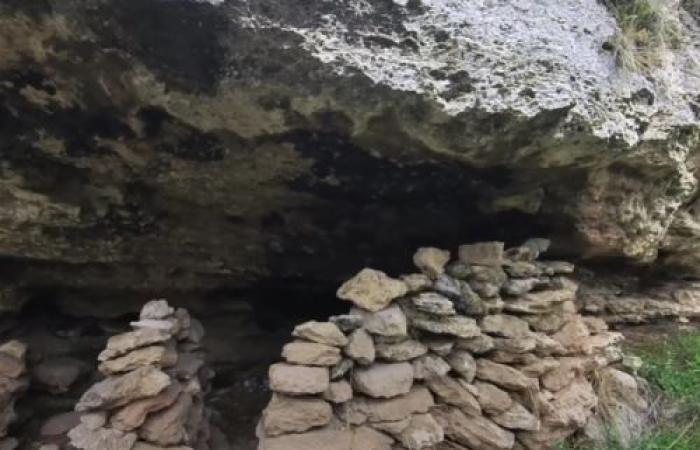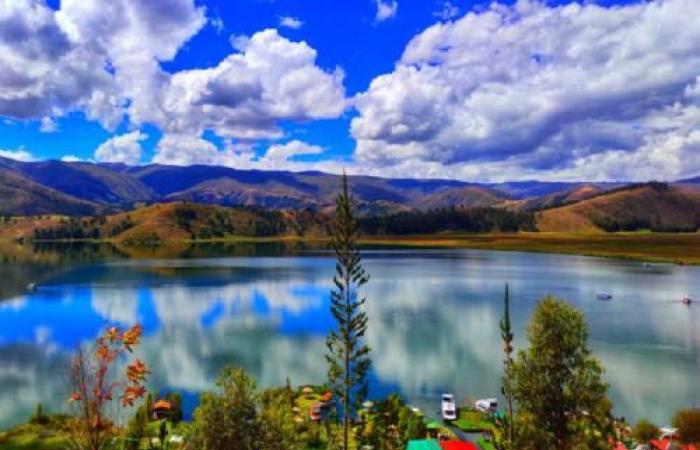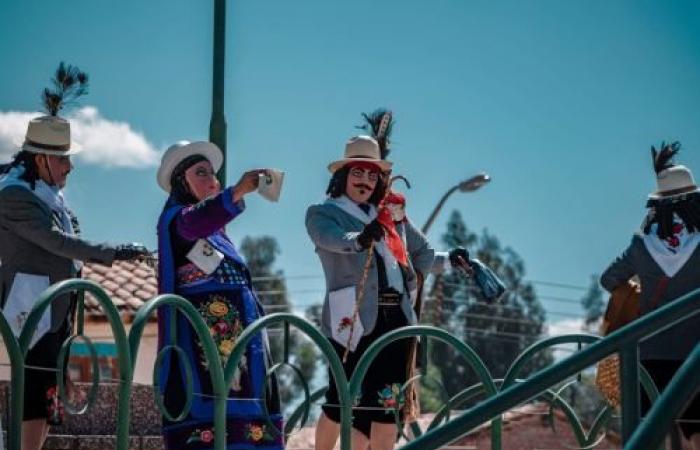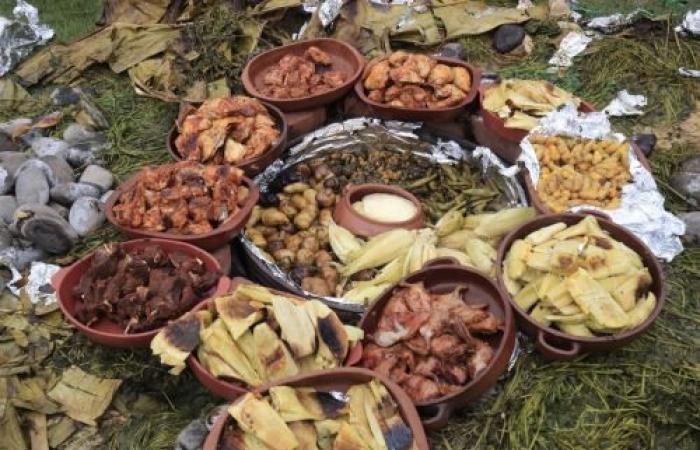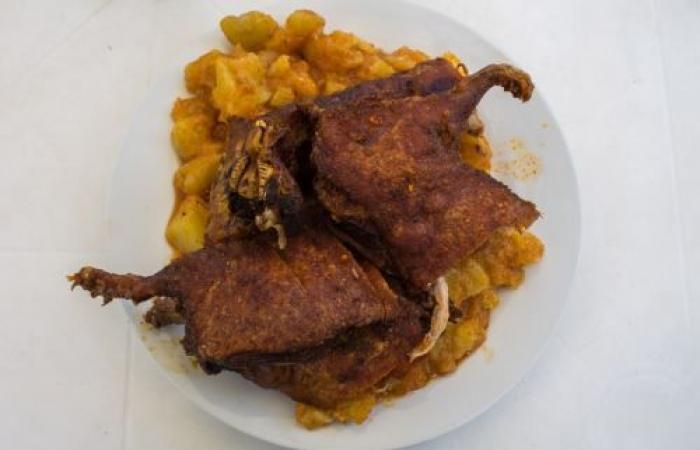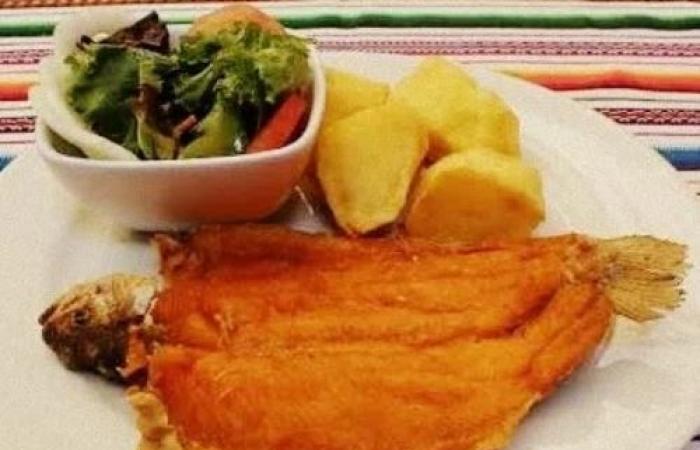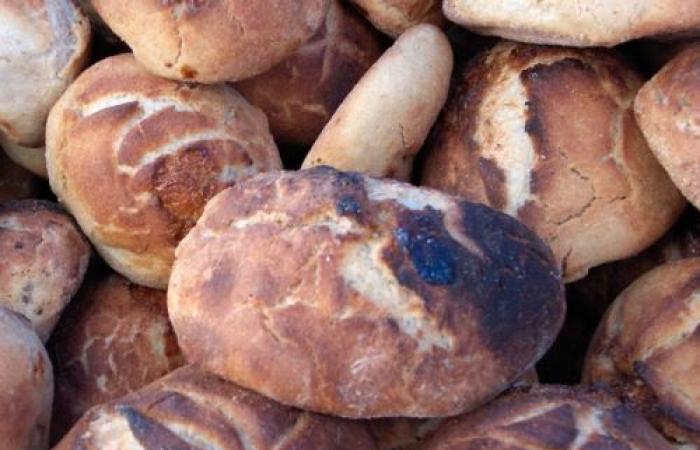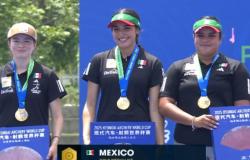Also recognized as “Pearl of the Mantaro Valley ““piece of sky”, And as one of the historical capitals of Peru, Jauja houses fascinating natural scenarios, imposing colonial churches and houses, impressive archaeological sites and a delicious and varied typical gastronomy that dazzles visitors.
Jauja is located 3,410 meters above sea level, at an hour and a half of distance by land in the city of Huancayo and six hours from the city of Lima.
It has the airport Francisco Carlé which allows you to arrive by air from Lima in about 50 minutes.
The city of Jauja tells how main attractions its Plaza de Armas, declared as a monumental urban atmosphere on August 12, 1989. It is the main public space of the city of Jauja, where the population and visitors meet. In addition, it is a fundamental identity symbol of the urban structure established during the city location in 1565.
Jauja’s Plaza de Armas was a epicenter of very important historical events such as the proclamation of independence in November 1820; The resistance of the Peruvian Army in the Breña campaign during the Pacific War, among others.
Matrix Church
It is the most important religious monument in the city of Jauja and is located in the Plaza de Armas, next to the Municipal Palace. It was built in the 16th century by disposition of the corregidor Juan de Larreinaga. The temple has had several spare parts, being the most notable made by the regular canons of the Immaculate Conception who arrived in 1914 and, immediately, began the reconstruction of the Church based on a technical plan.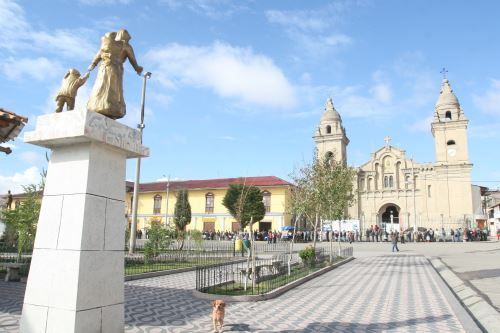
It has a Renaissance style with adobon walls, covered with cements and two waters roof with Andean tile coverage. Of Cruz Latin Plant, on its central upper facade shows a picture of Venetian mosaics of the Virgen del Rosario, patron saint of the city, and at the bottom two angels in high relief of the artist Wenceslao Hinostroza. Inside it has a churrigueresco major altar and an Italian tubes organ can also be observed. The dome is adorned with paintings in crockery. In the temple five altarpieces of the 18th century are guarded.
Poor Christ chapel
Its architectural, ogival style design is a replica of the famous chapel Our Lady from the city of Paris, capital of France. It is considered as the first construction of cement and iron in the central mountain range of Peru. Formed by two towers, topped with small sculptures of children.
Inside the chapel is the main altar, the pulpit carved in wood and paintings that graph the via Crucis of Jesus Christ. It is a single -ship temple, completely painted white. Its construction began in 1920 and was inaugurated in July 1922. The finish would finally culminate in 1928. The chapel is protected by a iron fence.
Plazuela La Libertad
It is a small square that is within the limits of one of the oldest neighborhoods east of the city of Jauja, called Barrio La Libertad, which was founded in 1871. by Manuel P. Monge. At first, Santa Isabel Plaza was called, but then I change for freedom due to the centenary of the Independence of Peru, on July 28, 1921.
For that great anniversary, a monument consisting of a circular column that measures six meters high, auctioned by a balloon where a golden eagle rests with the wings deployed was erected. To the east of the square is the arc of entrance to the Alameda, “Franklin Roosevelt” designed by the painter Wenceslao Hinostroza and that replaced the old bars that were in the place.
Attractions outside the city
On the outskirts of the city are various tourist attractions among which the following stand out:
San Francisco Plazuela
Declared Cultural Heritage of the Nation, this public space is located in the Huáscar Square in the Sausa district, two kilometers south of Jauja.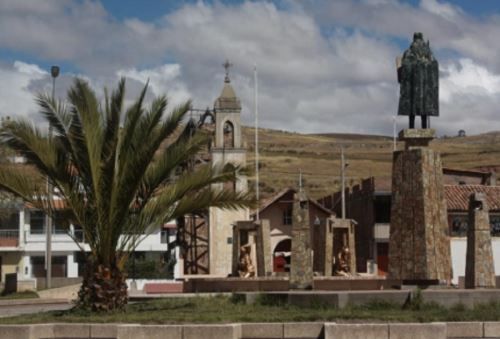
It was probably one of the first churches commanded by Francisco Pizarro in the Mantaro Valley during his transit to Pachacamac. Inside it houses colonial art paintings.
Camino Hatun segment Xauxa-hatun chaka
Considered as part of the Inca road or Qhapaq Ñandeclared as Cultural Heritage of Humanity For Unesco, this Inca road segment is located in the Sausa district and limits with the Paccha district. The tour includes from the main square of the Sausa district, passing through Jirón Dos de Mayo, then rises to the Shushunya colcas. The slope is moderate, so it is easy to rise.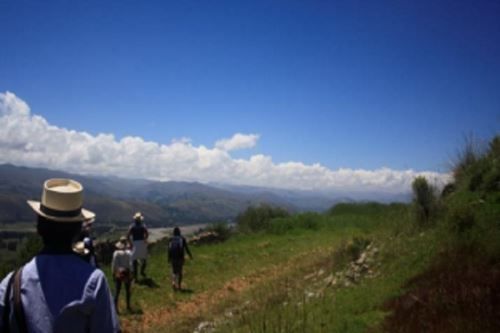
Further south, it crosses through the plains of the Huancas annex, bordering the Chucchu archaeological site which includes the remains of a town formed during the Inca era, and then passes through the archaeological site of Puyhuan formed by a set of terraces. Finally descend towards the ravine of Mantaro Riverplace where the remains of an Inca bridge are shown called Hath’s Hat.
Tunanmarca archaeological site
This emblematic vestige of the Xauxa culture, based on an area of 2 square kilometers, is located in a hill of the Yanamarca Valley In the district with the same name. It belongs to the curacazgos and confederations period in the late intermediate between 1200 and 1600 AD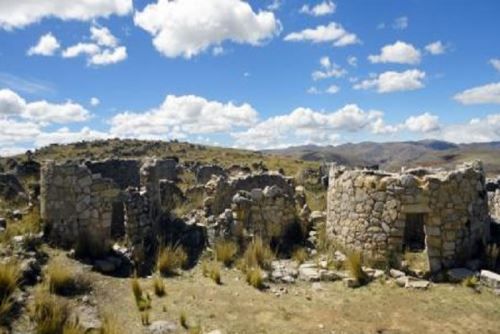
It was a powerful citadel with approximately 12,000 inhabitants and 3,000 circular homes 3 meters in diameter per 2 high. Four types of homes can be seen: religious, military, which are in regular state of conservation.
We will
Jauja is not only the historical capital of Peru and one of the most emblematic provinces in the Junín region, but also housed one of the oldest human settlements in the Central Sierra.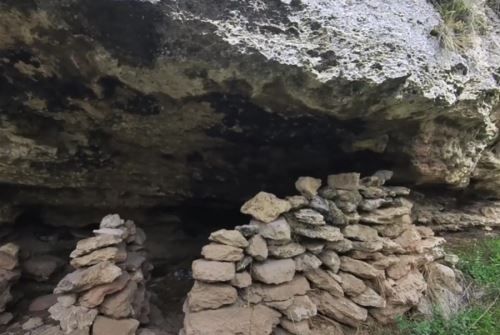
Archaeological investigations in the rock coat of We will They have established that in Jauja human settlements were recorded with an age of around 4,850 years before Christ.
Paca lagoon
Beautiful water mirror located three kilometers north of the city of Jauja. It is the most visited place by tourists and is flanked by a mountain chain that resembles a guardian, known as the sleeping Xauxa.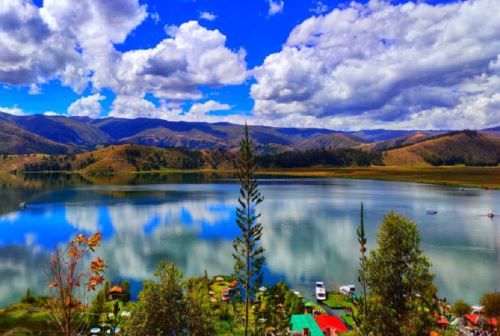
Around the growing totora that serves as a habitat to dive patillos, herons, lichish, Yanavicos and Huashuas. Sometimes on the banks you can see the frog duck, Ibis de la Puna, flamenco among others.
Shujto cannon
Is located in the district of Courtwithin the jurisdiction of the Nor Yauyos Cochas landscape reserve55 kilometers west of the capital of the province of Jauja.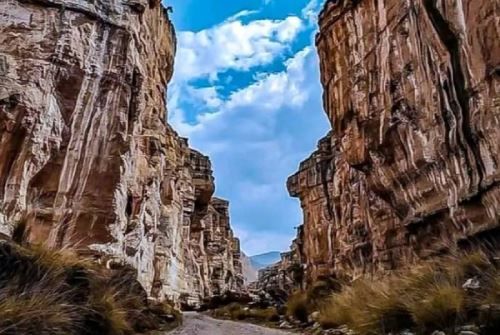
It is a geological formation that has been produced by the erosion of the Piñascocha Riverfor millions of years. Its depth is 80 meters and its length reaches 600 meters. It is ideal for adventure sports such as rock climbing and rappel descents. To get there you take the detour by the Pachacayo bridgeon court.
Walis Cave
It is located on the hill of Chuquishuari, it is a cave that keeps inside two stalactite figures that resemble a couple of boyfriends, measure a height of 12 and 14 meters.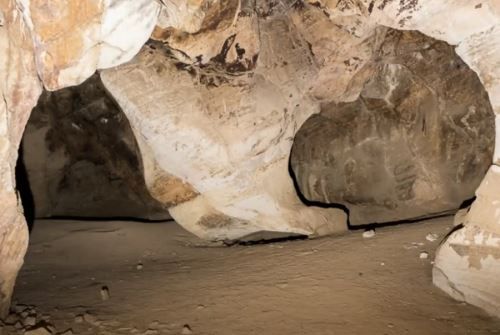
Accompany his imposing figure a story of forbidden enchantments and loves.
Tunantada
The tunantada is Jauja’s emblematic dance, declared Cultural Heritage of the Nation, on January 21, 2011 and executed in different celebrations of the towns of this province of Jauja. His great reception has led to his representation extending for the rest of the Mantaro Valleyboth in rural and urban areas.
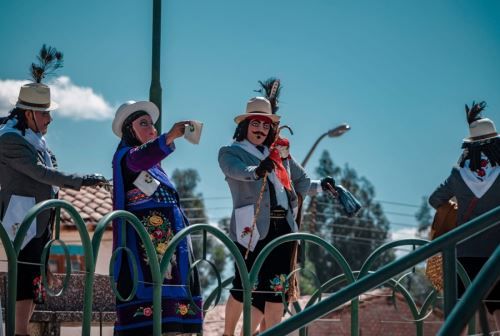
The main representation of the Tunantada It can be observed in the Jaujino district of Yauyos, during the celebrations in honor of San Sebastián and San Fabián Every January 20, which constitute one of the largest parties throughout the region and, therefore, have an impressive cultural value and tradition.
Jaujine gastronomy
The typical Jauja culinary has as ambassadors the following:
Patasca
It is a traditional soup of the Andean Sierra, which consists of base by white peeled (nickname), mixed with abundant lamb meat, beef, ram legs, mondongo of cattle (librillo).
Pachamanca
Typical dish that prepares under the earth in a hole, surrounded by hot stones, where meats, potatoes, sweet humitas of corn, beans and other ingredients are sewn. It is a very traditional dish of this area. And prepares with greater boom in harvest times, at the beginning of May of each year.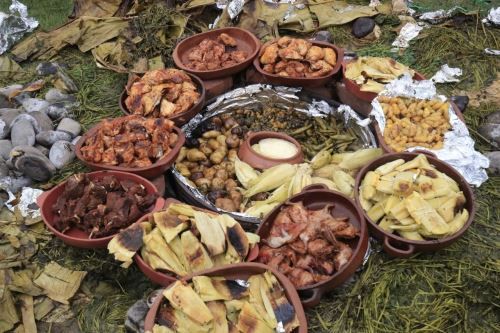
Spicy guinea pig
It is one of the most representative dishes that are sold at the carnival era of the province of Jauja. Dish made based on a red stew containing peanuts, red chil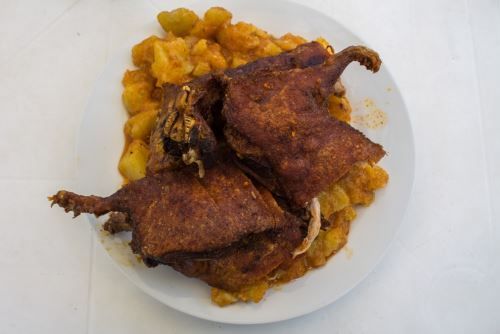
Trout
This dish is prepared in its various presentations, fried, such as ceviche, grilled, grilled, accompanied by salad, golden potatoes and/or rice.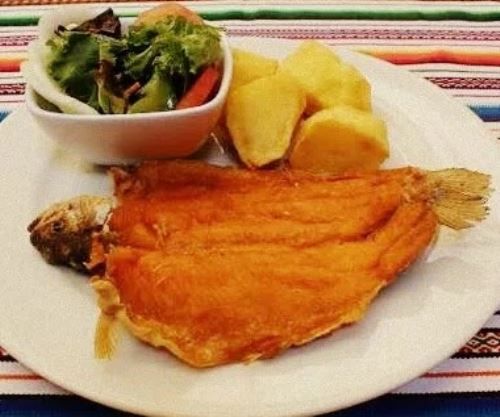
Jaujinos tamales
Made with white corn and filled with a delicious beef stew and pork, egg and olive, Jaujinos tamales are a true work of culinary art.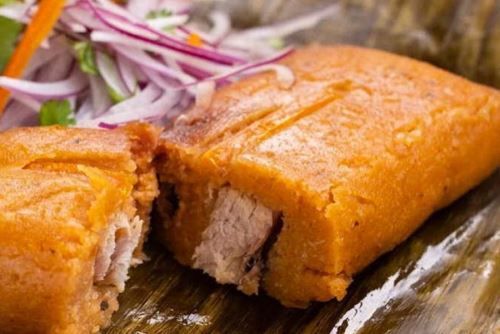
Carefully wrapped in dry banana leaves, they cook perfectly and serve hot with a fresh and tasty Creole sarsa.
Yacuchupe
It is a delicious broth, also known as “Green Soup”prepared with chopped and cooked potatoes in a Muña aromatic broth that gives it an unmatched smell and flavor.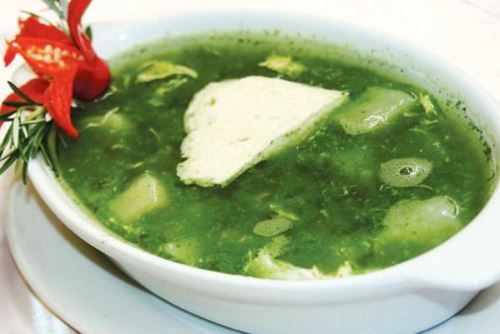
The dressing is prepared with coriander and chincho, aromatic herbs of great flavor and color. To crown this delicious soup, milk and cheese are added, creating a soft and creamy texture that makes each tablespoon a delicious culinary experience.
Jaujinos sweets
In Jauja their Sweet breads who know fruit, chancaca and fennel or gizzard; as well as their “Egg” breads They do not prepare with that ingredient present in other desserts, but respond to an ancient tradition of bread exchange or barter for chicken eggs.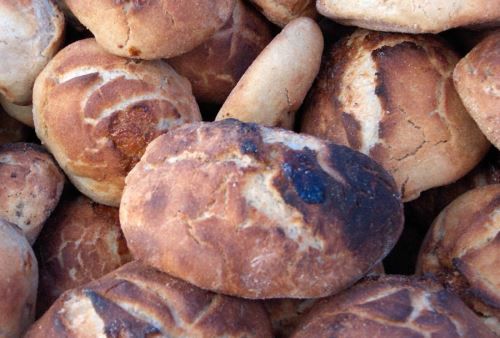
There are also famous aldabitassnacks inspired by the classic aldabas of gates and doors in the city of Jauja that are breads that carry impalpable sugar; the caramel cookies Manjarblanco fillings, the corn loaves and the yolk threads They are made with egg.
(Fin) Lzd/Mao
Also in Andina:





